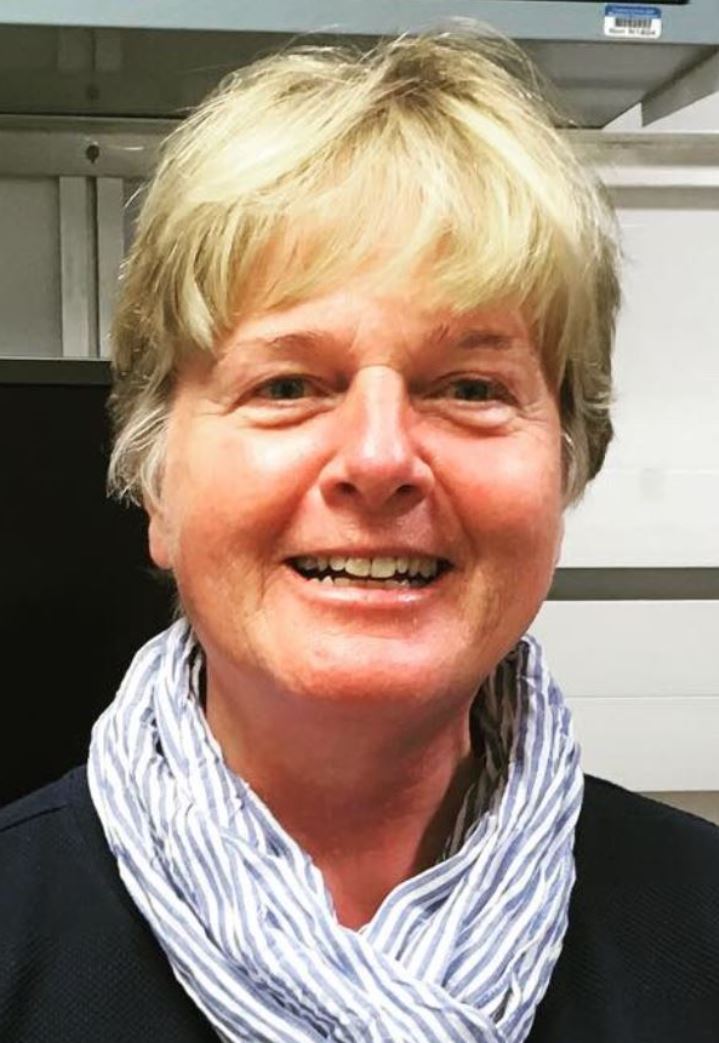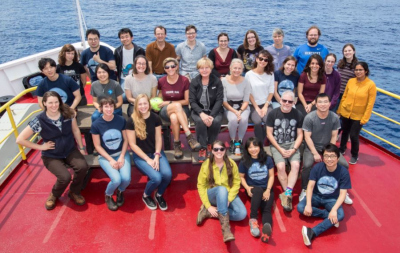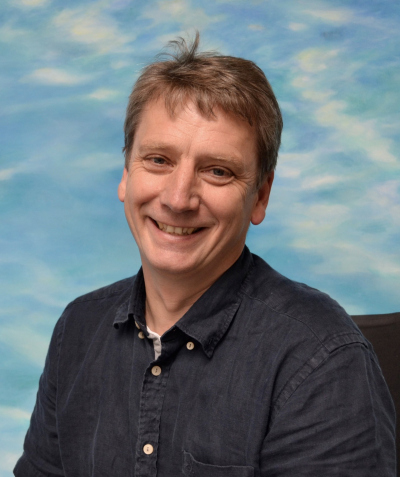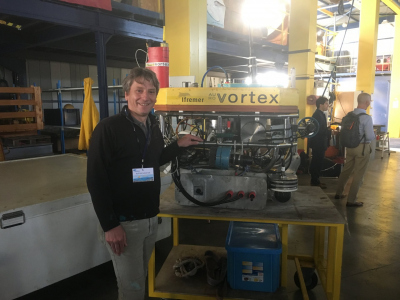- Startseite
- MARUM Research Seminar 2020
- Ralf Bachmayer / Ursula Röhl
Cruise presentation FS Alkor AL534 and BS Joides Resolution IODP378
During the limited mode of operation due to corona, the lectures are held virtually via ZOOM. Please register by contacting Jürgen Titschack (jtitschack@marum.de) to receive the access link.
Ursula Röhl
Cruise report: IODP Expedition 378 South Pacific Paleogene Climate
The Pacific Ocean is the world’s largest ocean and therefore is intricately linked to major changes in the global climate system. International Ocean Discovery Program (IODP) Expedition 378 (Jan - Feb 2020) recovered the first continuously cored, multiple-hole Paleogene sedimentary section from the shallow Subantarctic South Pacific Ocean on the southern Campbell Plateau, south of New Zealand. Five holes at Site U1553 were drilled in a water depth of 1221 m, and recovered early Paleocene to late Oligocene sediments and sedimentary rocks. Holes A, B and E were drilled mainly by APC coring with some XCB coring, and reached between 216 and 243 meters below sea floor (mbsf). Holes C and D were drilled deeper, from 234–567 mbsf (Hole C), and from 399–584 mbsf (Hole D). These new cores will provide an unparalleled opportunity to add crucial new data and geographic coverage to existing reconstructions of Paleogene climate and oceanic and atmospheric circulation. Site U1553 will provide material from the South Pacific Ocean in an area critical for high-latitude climate reconstructions spanning the Paleocene to late Oligocene.
Ralf Bachmayer
Technology Cruise AL534: Evaluating new operational concepts and technologies - Optical communications and Flyout ROV
The purpose of the dedicated technology cruises is to explore, test and refine different technological concepts and explore their potential for future applications in our science programs. AL534 was the first of two planned technology cruises in the Cluster. The cruise on the RV Alkor was planned to leave Toulon on the 21.February 2020 and arrive in Malaga on the 2.March 2020. The plan was to test optical communication for data transfer and for remote tetherless control. Further we evaluated the system configuration for the development of a low light AUV camera system on the new AUV Manatee Skeleton as well as the feasibility of using a fly-out vehicle for lighting and imaging options. The ROV SQUID was successfully used as a host platform for all experiments. The trials were conducted in the mouth of the St. Tropez Canyon in a water depth of around 100 m. A total of 5 ROV dives were completed between the 22.February and the 24. February, before we transited to the Alboran Sea for the recovery of two observatories. In this talk I will present some first results from the testing of short-range optical communication and flyout ROV technology. Further I will put these tests into the context of current and possible future developments within our research group.






